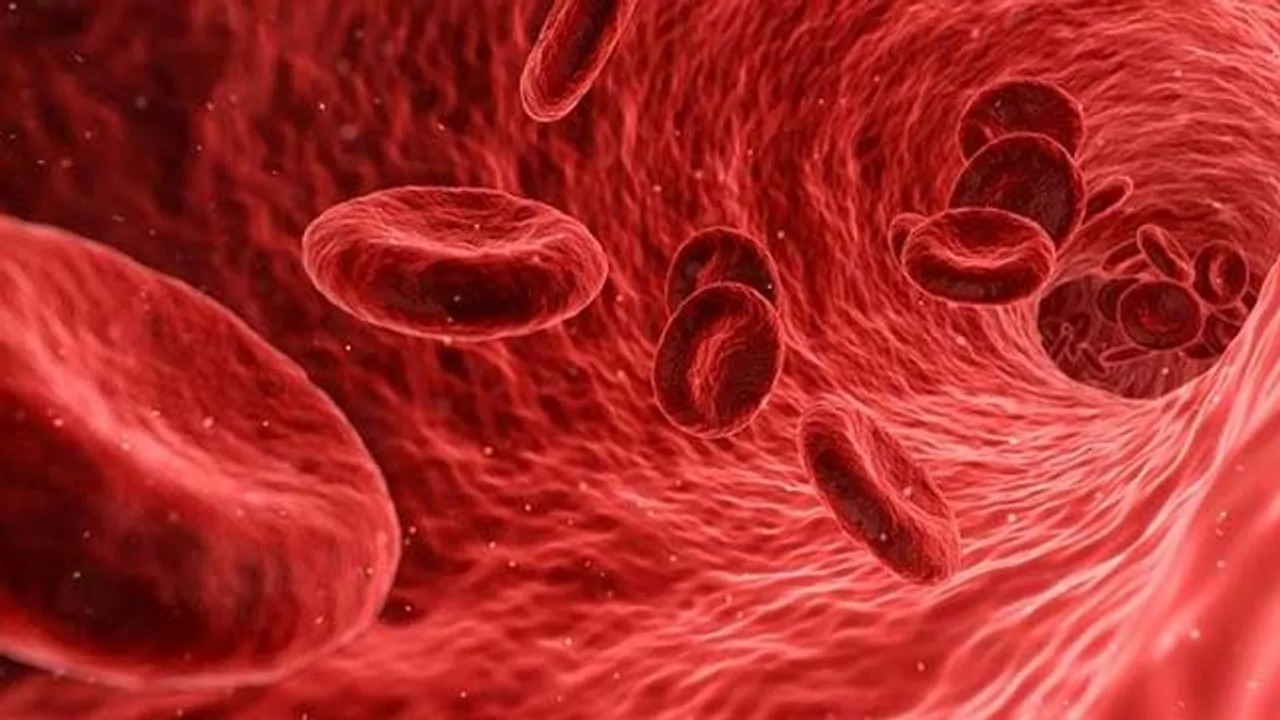
For our bodies to function properly, every organ needs a healthy blood flow. Proper circulation ensures that oxygen and nutrients reach all parts of the body. However, an essential part of this system is blood clotting, which helps prevent excessive bleeding when injuries occur.
While clotting is a natural and protective process, unnecessary or excessive blood clots in veins or arteries can pose serious health risks. These abnormal clots may lead to complications such as stroke, heart attack, or deep vein thrombosis (DVT). Understanding the causes, symptoms, and preventive measures for blood clotting is crucial for maintaining overall health.
What Is Blood Clotting and Why Does It Happen?
Blood clotting, also called coagulation, is the body's defense mechanism against excessive bleeding. It involves platelets and special proteins in the blood that work together to form a clot at the site of an injury.
However, when clots form without any injury, they can obstruct normal blood flow. These abnormal clots, especially in arteries, increase the risk of heart attacks and strokes. Medical experts warn that everyone should be aware of blood clotting disorders and take preventive steps.
What Is Blood Clotting Disorder (BCD)?
A blood clotting disorder (BCD) is a condition in which the blood clots too quickly or unnecessarily. This condition is also known as thrombophilia. Normally, when a person gets hurt, their body naturally forms a clot to stop the bleeding. However, in people with BCD, clots may develop even when there is no injury.
This can be dangerous because unwanted clots can block arteries or veins, leading to life-threatening conditions.
Causes of Blood Clotting Disorders
Several factors can contribute to excessive blood clotting, including:
Cancer and cancer treatments – Cancer patients have a higher risk of clotting due to changes in blood composition and chemotherapy side effects.
Obesity and pregnancy – Excess body weight and hormonal changes during pregnancy can increase clot formation.
Birth control pills or hormone therapy – Excessive estrogen can raise clotting risks.
Physical inactivity – Sitting for long periods (e.g., during travel or after surgery) can slow down circulation, increasing the chances of clots.
Why Are Blood Clots Dangerous?
When blood clots form unnecessarily, they block normal blood flow, leading to serious health issues. Some of the most dangerous complications include:
Stroke – A blood clot in the brain can prevent oxygen from reaching brain cells, leading to paralysis or permanent brain damage.
Heart Attack – If a clot forms in the coronary arteries, it can block blood flow to the heart, causing a heart attack.
Pulmonary Embolism (PE) – A blood clot in the lungs can be fatal if not treated immediately.
Deep Vein Thrombosis (DVT) – A clot in the deep veins of the legs can cause pain, swelling, and, if it travels to the lungs, a life-threatening condition.
Signs and Symptoms of Blood Clots
Doctors warn that blood clotting often shows early warning signs. Recognizing these symptoms can help prevent severe complications.
Common Symptoms of a Blood Clot
Swelling in the arms or legs – One-sided swelling can indicate deep vein thrombosis (DVT).
Changes in skin color – Affected areas may appear bluish or reddish, signaling poor blood circulation.
Sharp, unexplained pain – A sudden and severe pain in the leg or arm can be a sign of a clot.
Breathing difficulties and chest pain – A clot in the lungs can cause shortness of breath and sharp pain while breathing.
Dizziness and fainting – If a clot blocks blood flow to the brain, it can lead to dizziness, fainting, or confusion.
Speech problems – Difficulty in speaking or understanding others may be a sign of a stroke caused by a clot in the brain.
How to Prevent Blood Clots?
To reduce the risk of excessive blood clotting, health experts recommend lifestyle changes and medical interventions when necessary. Here are some effective preventive measures:
1. Stay Physically Active
Avoid sitting for long periods—take breaks and move around every hour.
Engage in regular exercise like walking, cycling, or stretching.
If you are at risk, wear compression stockings to improve circulation.
2. Maintain a Healthy Diet
Eat foods rich in omega-3 fatty acids (like salmon, walnuts, and flaxseeds) to improve blood flow.
Increase intake of fruits and vegetables that contain antioxidants.
Reduce salt intake to prevent high blood pressure.
Stay hydrated—dehydration thickens the blood, increasing clot risks.
3. Manage Underlying Health Conditions
Keep conditions like diabetes, high cholesterol, and high blood pressure under control.
If you have a history of blood clots, consult a doctor about blood-thinning medications.
4. Avoid Risky Medications
Be cautious with hormonal birth control pills if you have a family history of clotting.
Always inform your doctor before taking any hormone replacement therapy.
5. Recognize the Warning Signs
Pay attention to unusual swelling, pain, or difficulty breathing.
Seek immediate medical help if you experience symptoms of a blood clot.

 Share
Share






